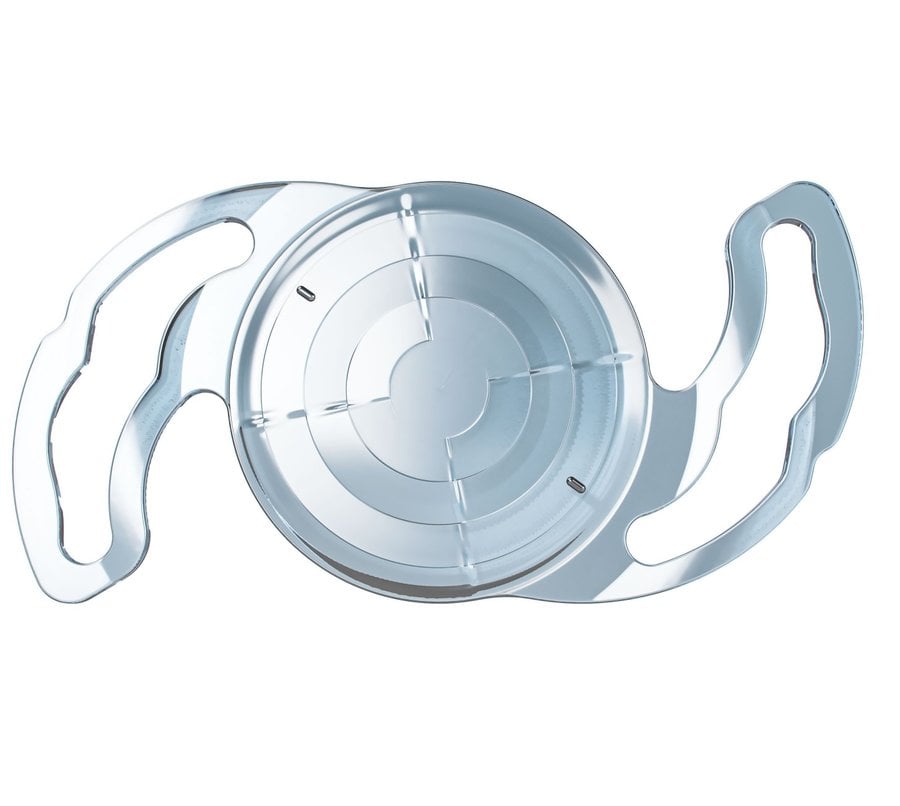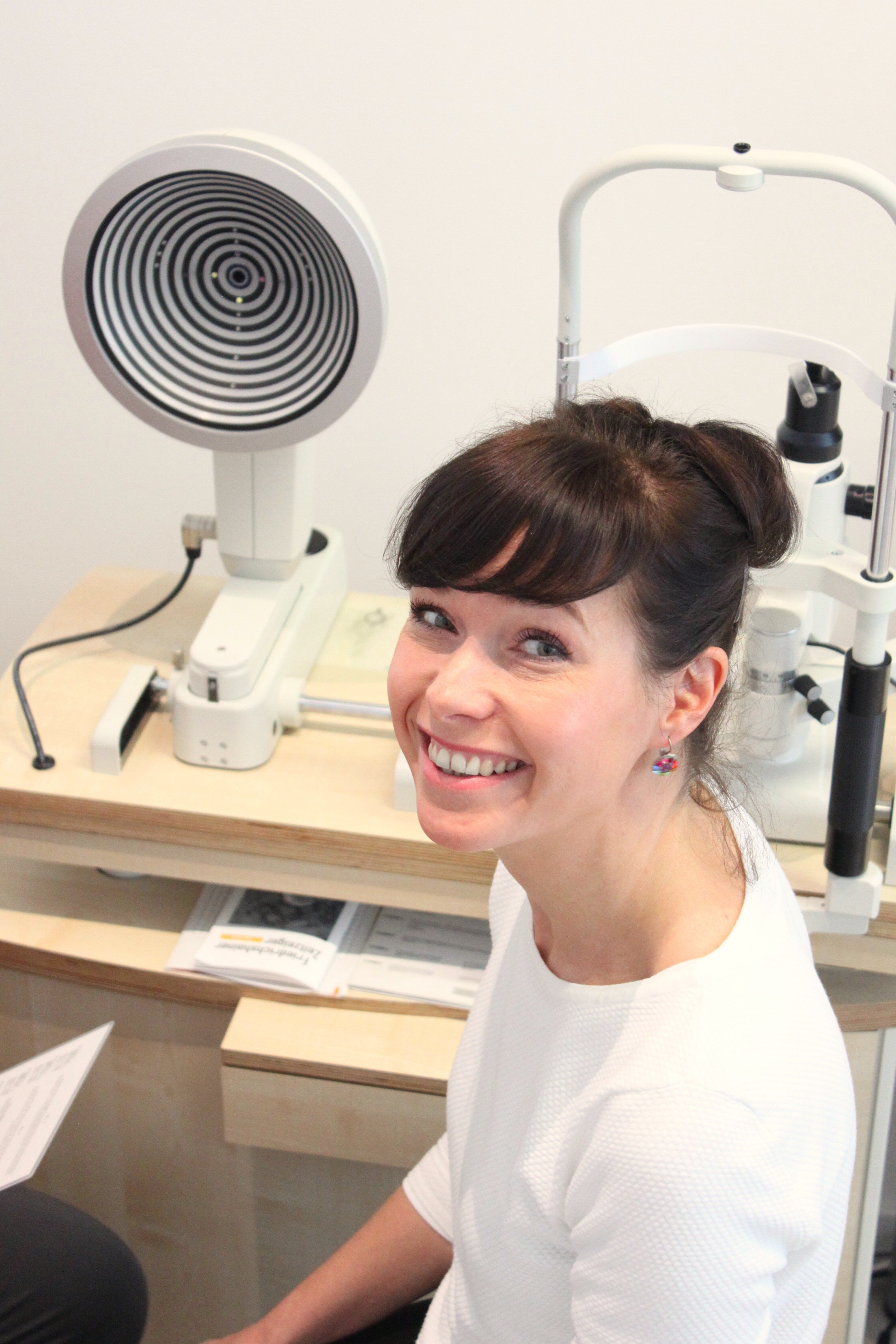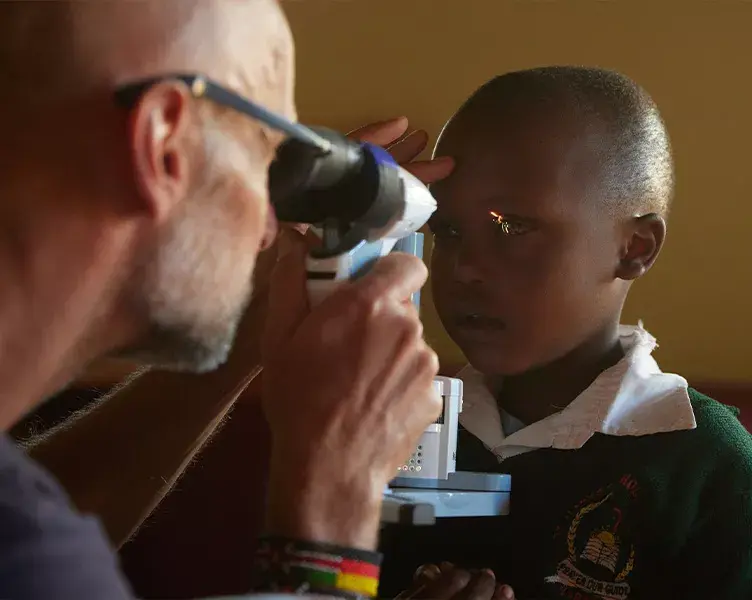‘Because of the corona crisis we had to change the existing timetable’, says Erik de Haas, Development Leader of Ophtec’s R&D Department. ‘The lens was granted the CE mark in early spring 2020, after which we applied for ethical approval in the countries where we intended to start the PMS (Post Market Surveillance) study. The existing timetable was delayed here due to the corona pandemic. Based on the new timetable the lens will now be on the market before the summer.’
A PMS study takes a long time and it can’t be sped up. Erik explains why: ‘It starts with the patients. The ophthalmologists taking part in the study need to select suitable patients first. The lenses are then ordered and we have to make them to measure, as it is partly patient design and at that stage we do not have large stocks yet. That takes time, even though we prioritise the lenses. The protocol requires the patients to be monitored post-op after a week, a month and three months. Once all the data has been collected and the evaluation is positive, a first group of ophthalmologists who did not take part in the study begin implanting the lenses. The product is only put on the market some time after that. All in all, it can easily take six months after obtaining the CE mark.’
The new lens is a spin-off of the Precizon Toric and Precizon Presbyopic. The Toric is unique with its TCT (Transitional Conic Toric) optic, designed to tolerate misalignment, which is tried and tested, and the Precizon Presbyopic with its characteristic segments, which provide Continuous Transitional Focus (CTF) in the patient’s field of vision. Both TCT and CTF are unique patented systems. How can these two optics be combined? Doesn’t mixing them come at the expense of the characteristic properties of one or the other?
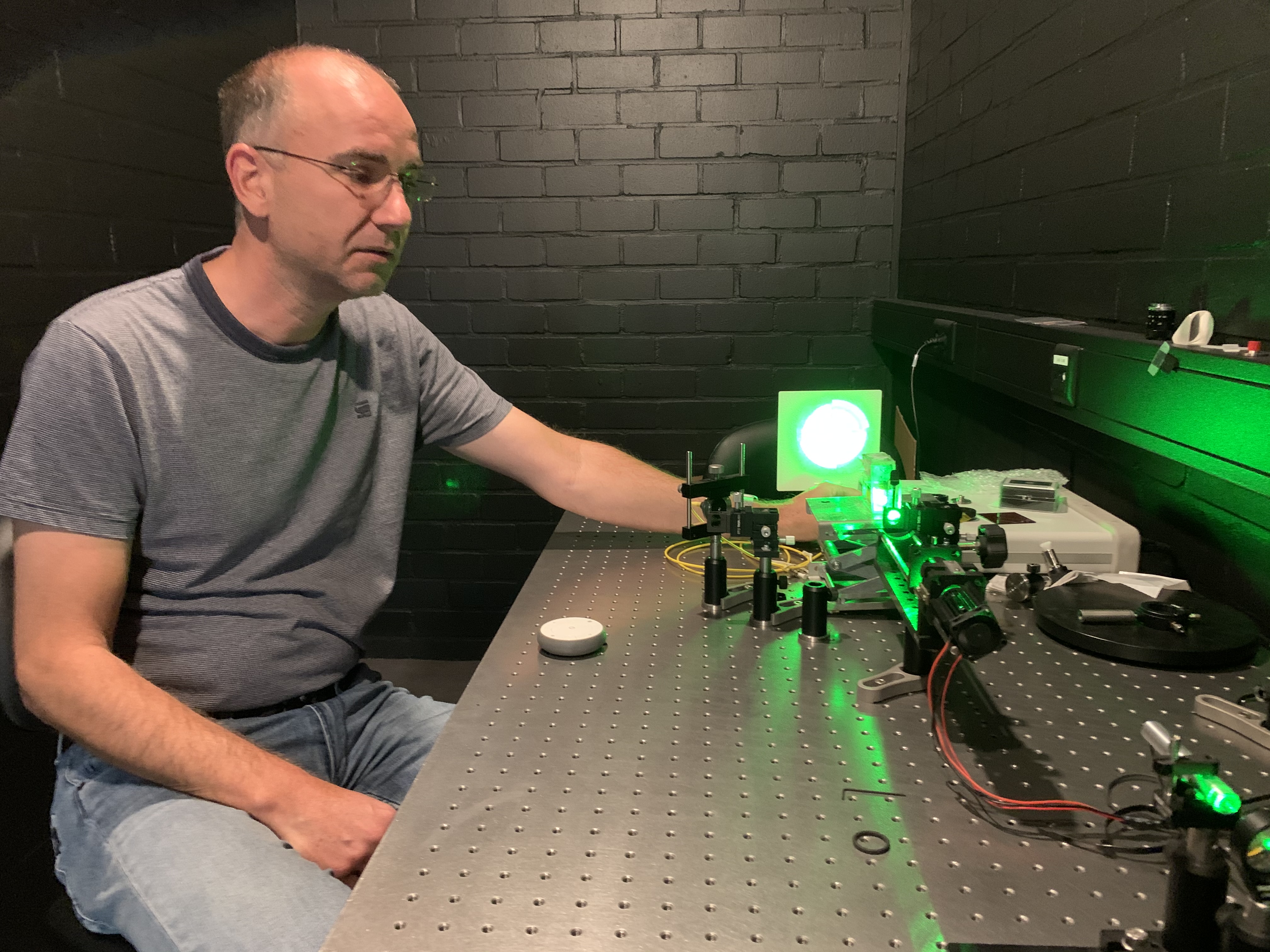 Development Engineer Guus Eldering analyzes light distribution with the Optical Bench.
Development Engineer Guus Eldering analyzes light distribution with the Optical Bench.
Erik explains: 'Both alignment tolerance and continuous transition focus are provided by this lens. You shouldn’t regard it as ‘mixing’. The explanation is very simple, but that doesn’t mean it’s simple from a technical perspective. In terms of optics it’s a unique, advanced technical design. The lens is based on the toric lens, upon which Precizon Presbyopic’s far/near segments are superimposed, as it were.
So the profile of the toric lens is the foundation for the multifocal segments, with the strong distribution of the Precizon Presbyopic NVA lens, 60% (far) and 40% (near). The new lens embodies the good qualities of both models, with no limitations.’
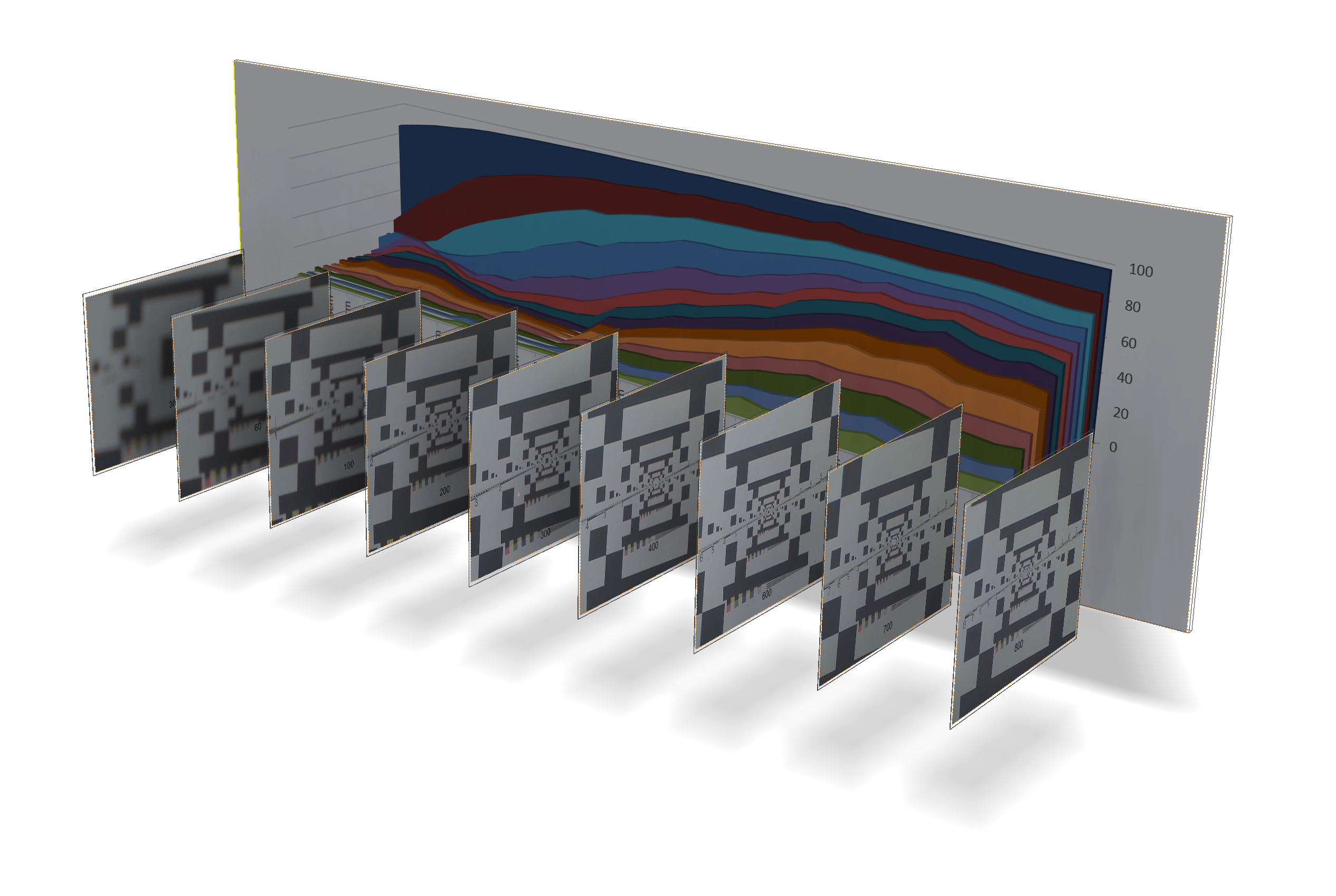 Schematic representation of the Model Eye Vision Analyzer.
Schematic representation of the Model Eye Vision Analyzer.
At the time of the interview the first Presbyopic Toric implant was about to be performed. ‘That’s always a special moment’, says Erik. ‘The whole department looks forward to it, as we’ve been doing everything in our power to create a perfect lens. Everything has been precalculated in Zemax, tested on the dioptre meters and checked in our Model Eye Vision Analyzer, which we use to simulate a patient’s sight. But however good the calculations and results are, the proof of the pudding remains in the eating. The real proof has to come from the patient, in fact the patient’s brain, as that is the only true 'image processor', and we are anxiously awaiting that proof.’
This interview has also been published in Ophtec's magazine OphTheRecord (edition 2020 - 2021)

